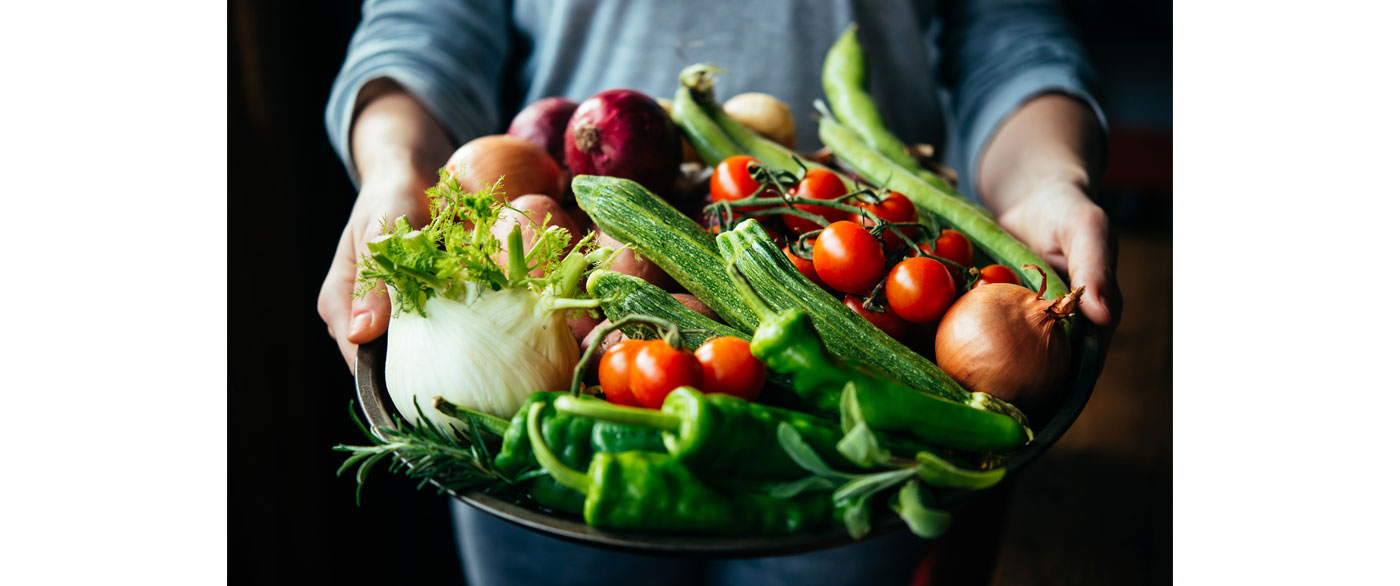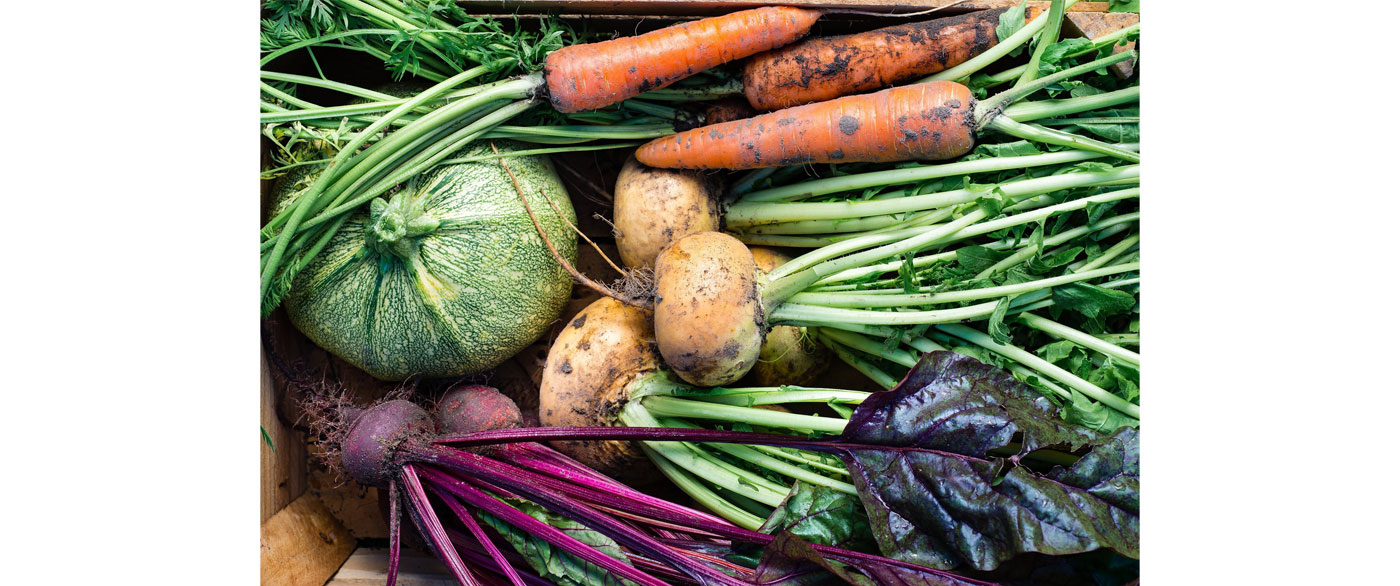The colorful fruits and vegetables of autumn.
With summer slowly giving way to autumn, work resuming in full force and temperatures more clement, the common thought is: here comes the gray season. Associating autumn with gray is undoubtedly a prejudice that has no basis in fact, except in the fact that the sky occasionally takes on duller tones, while the rest of nature is experiencing a truly magical and resplendent time in terms of colors that are warm and embracing.
Not only the plants, but also the vegetables and fruits that are harvested in this season are loaded and fascinating. Just think of pumpkins, asparagus, carrots, broccoli, beets, figs, grapes, and in September plums and turnips, tomatoes and many varieties of onions, as well as leeks and pomegranates. Red and green, as well as orange, are the masters of the scene, with additions of purple and yellow.
How to keep fall colors alive on the plate
Nature really does offer the best, but when you want to cook while keeping the colors alive on the plate you often have to deal with a small hurdle: cooking. As long as you follow the raw technique the problem doesn't arise, but most recipes involve a cooked part that, if not carried out properly, risks losing the color that should make the dish even more appetizing...to the eyes.
No magic or chef's 'witchcraft' is needed, just two commonly used items are enough to keep the autumn tones alive: a large pot and a basin. It is good to use a large pot because vegetables need a lot of space to cook. Then there are those who add baking soda, but the choice is subjective because while it helps eliminate acidity, it destroys vitamins. Weigh the two aspects yourself, but our advice is to avoid it.

Instructions for cooking
As we were saying, get a large pot. Bring the water to a boil and cook the vegetables without a lid for a few minutes; after draining them, pass them directly into a bowl filled with ice, where you should leave them for another two minutes. This step is done to prevent them from overcooking.
Then there are those who salt the cooking water and those who prefer to salt later. Many decisions about seasonings are purely subjective, the important thing is that the two main criteria are met: quick cooking in a large pot and passage in basin with ice.
Minimum effort, maximum yield
Two commonly used tools that can be found in every professional and home kitchen, no additional investment in equipment.
Follow RGLife's advice-and the result is guaranteed!

